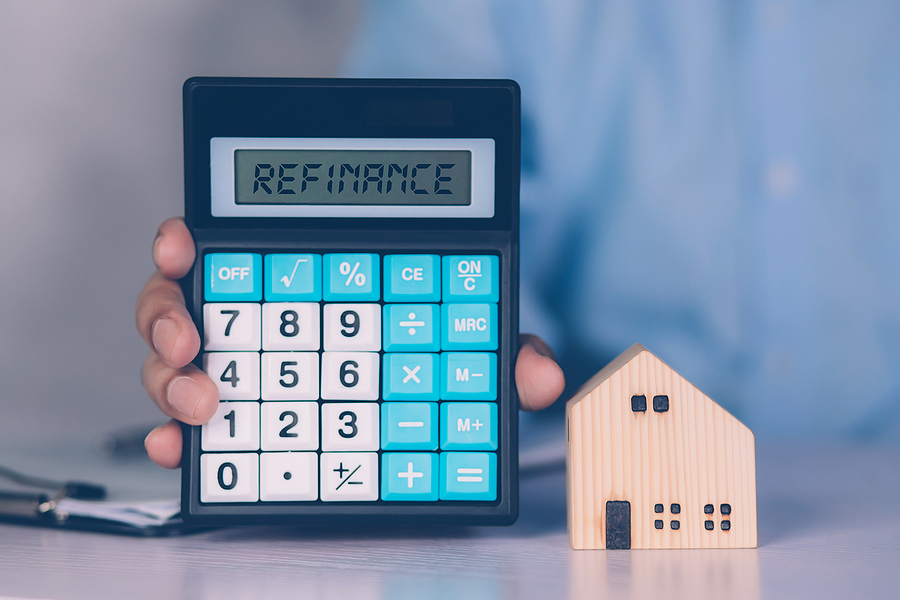Refinance lending fell 36% from Q1 to Q2 2022, eclipsing increases in other lending areas, according to ATTOM’s second-quarter 2022 U.S. Residential Property Mortgage Origination Report.
The report found that 2.39 million mortgages secured by residential property were originated in Q2 2022, down 13% from Q1 and 40% YOY.
This is the fifth consecutive quarter of falling originations and the biggest annual drop since 2014.
Though purchase originations and home-equity lending actually increased 8% and 35%, respectively, they were heavily outweighed by the double-digit refi drop.
The total number of mortgages issued was down 13.2% from Q1 and 40% YOY, dropping at their fastest pace in eight years.
Lenders issued $807.8 billion worth of mortgages overall in Q2, down 11% QoQ and 35% YOY. This is the largest decrease in dollar volume in the last eight years.
Refi’s dollar volume fared even worse, down 35% QoQ and 56% YOY.
“Mortgage rates that have virtually doubled over the past year have decimated the refinance market and are starting to take a toll on purchase lending as well,” said Rick Sharga, executive vice president of market intelligence at ATTOM.
“The combination of much higher mortgage rates and rising home prices has made the notion of homebuying simply unaffordable for many prospective buyers, which threatens to drive loan volume down even further as we exit the spring and summer months.”
HELOCs exploded in Q2, however, comprising 14.3% of all Q2 loans, more than double the 6% level from a year earlier.
Soaring home price appreciation has deepened the affordability crisis for buyers, but current homeowners have seen their equity reach record highs. Nearly half of mortgaged homes in the U.S. were equity-rich in Q2.
Lenders are leaning into this area, with United Wholesale Mortgage recently introducing two different HELOC offerings.
Homeowners have been shown to tap their equity to build even more wealth by sending their children to college, starting businesses, or investing further in housing. While using equity isn’t risk-free, it can have significant real-world impact on individual and family wealth.
